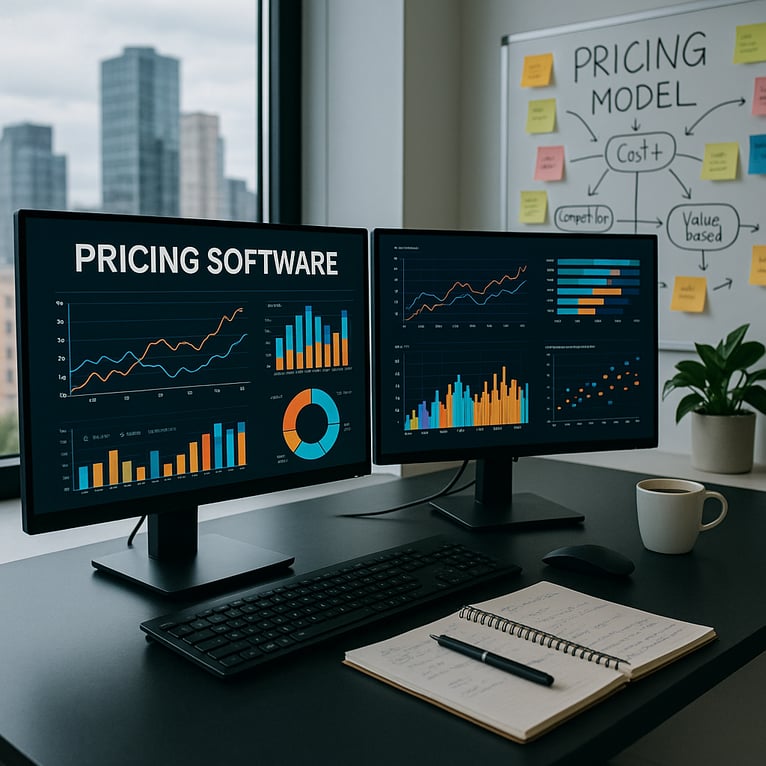Retail is experiencing a first this festive season: This is the first time in 92 years that the industry has had to contend with Black Friday, Christmas and a World Cup all at the same time. In addition, 2022’s Christmas period marks the first one with zero restrictions on alcohol and social gatherings since 2019. Typically, these three events lead consumers to spend more in various categories, from food to tech to alcohol, giving retail a much-loved boost.
The festive season, which includes Christmas and New Year’s Eve, mostly sees alcohol sales increase over this period as friends and families host parties and dinners. The alcoholic drinks category saw $1,484 billion in revenue in 2022 and is expected to be valued at $393 billion by 2026. However, as unprecedented food and energy costs dominate household budgets and headlines this year, consumer spending and behaviour are changing faster than ever. Will shoppers be grabbing their favourite bottle of gin or red wine this Christmas? Are consumers turning to alternatives? What are the alcohol consumption trends as we enter 2023? We’re looking at this category in particular as the festive season continues.
Christmas alcohol sales may get a boost from the FIFA World Cup
Although alcohol sales may be banned at all stadiums in Qatar, the FIFA World Cup, which is the first World Cup taking place during Europe and the UK’s winter season, is propelling alcohol sales in some parts of the world. According to Pernod Ricard, which owns alcohol brands like Jameson and Absolut Vodka, found that 45% of consumers are eager to watch the football matches at home with friends and family, which boosts sales for domestic use.
Jameson has created a football-themed campaign offering five unique bottles with different football shirts which will cater to the game’s biggest fans as well as those looking for gifts during the festive season. In the UK, the popular brand Westons Cider began off-shelf advertising and offering festive season promotions back in November to make use of the timing of the World Cup.
Although retail is facing the overarching issue of high living costs as a deterrent for spending, alcohol sales are often a category that is little affected during tough economic times. Instead, shoppers tend to reduce spending in other areas while keeping items like beer, wine and spirits as a treat after long days or on weekends.
What’s new and what’s changing in the alcoholic drinks market?
Emerging economies in Asia added significantly to growth
The Asia Pacific region (APAC), which includes China, has contributed the most to the drinks market’s growth, with revenue from China alone bringing in $319 billion in 2022. The APAC region, including many countries with emerging economies, saw steady growth from 2021-2022 despite the pandemic, while some developed economies saw a decline. Increasing levels of wealth and new market entrants are fueling this growth in Asia and the US.
Niche categories show development
The IWSR, which specialises in market analysis for alcohol in 157 countries, is seeing new trends and changes in the global drinks market with the growth of niche categories such as agave-based spirits, sugar-free tonics and aperitifs, non-alcoholic beer and gin, Japanese whiskey, flavoured gins, craft beer. These new entrants are diversifying each segment and are becoming appealing to new, younger buyers.
E-commerce alcoholic-drinks sales are growing
Between 2020 - 2025, beverage alcohol e-commerce is expected to grow in value by 66%. This is thanks to the impressive growth in omnichannel and pure player e-commerce channels that have sprung up in the last two years, including marketplace apps for home delivery, specialist marketplace web shops (such as a website offering wine from various vineyards and regions), and D2C online stores from brands. In Germany, the majority of online drinks sales is done via marketplaces and in second place, online specialists. In the Netherlands, the majority is omnichannel shopping, with online specialists coming in second too.
Christmas may see an increase in low- or no-alcohol beverages
IWSR reports that “moderation choices are driven by consumption occasions.” In other words, with events like Christmas and New Year’s Eve typically seeing consumers enjoy more alcoholic drinks on those days in particular, the increase in low- and no-alcohol drinks in the market will see an uptick this festive season. People who are hosting parties, dinners and other festive get-togethers, as well as attendees who don’t want to consume too much alcohol, will be enjoying low- or no-alcohol drinks. Alternatively, there will also be “blenders”, as described by IWSR, who will drink both non- and alcoholic drinks.
There is always an opportunity to add value
Taking into consideration record-high inflation as well as the increased cost of living, retailers and brands should heed the call to create value for customers. There are many opportunities now - combining Christmas, the World Cup and New Year’s Eve - for themed promotions, discounts, in-store experiences and advertising. If Christmas shopping is expected to decline by 3% in the six weeks leading up to the day compared to 2021, there is even more reason for retail leaders to look at where they can attract consumers and influence buying decisions, especially within a category like alcoholic beverages, which typically revels in popularity at this time of year.



.png?height=766&name=Untitled%20design%20(21).png)

